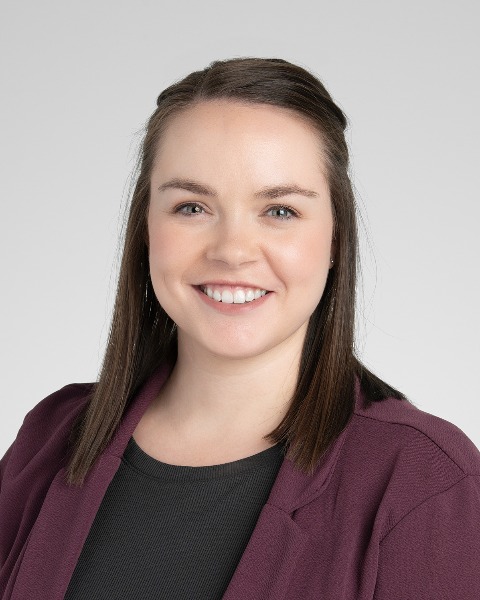Medical Education Works in Progress
Session: Medical Education Works in Progress
WIP 64 - Teaching Telephone Triage: A National Needs Assessment of Pediatric Resident Education on Taking Admission and Triage Calls
Saturday, April 26, 2025
2:30pm - 4:45pm HST
Publication Number: WIP 64.7405
Jessica A. Boerner, Cleveland Clinic Children's, Cleveland, OH, United States; Sara Grewal, Cleveland Clinic Children's, Cleveland, OH, United States; Melissa I. Morse, Cleveland Clinic Children's, Bay Village, OH, United States

Jessica A. Boerner, MD (she/her/hers)
Pediatric Hospital Medicine Fellow
Cleveland Clinic Children's
Cleveland, Ohio, United States
WIP Poster Presenter(s)
Background: A 1986 national survey of pediatric residency programs found that only 45% of programs provided education on phone management (Wood, 1986). However, Blumberg et al., (2020) reported that 73% of pediatricians feel it is extremely important to train residents in phone triage. Studies have shown the benefits of providing education on this topic (Etter et al., 2021, Harris et al., 2022), but resident involvement in these calls still varies among institutions. Since the 1986 survey, there has been a shift towards increased 24/7 in-house attending coverage and required attending approval before accepting patients for admission (Oshimura et al., 2014), thereby limiting resident experience and autonomy. Due to this and the 2025 ACGME pediatric residency changes, an updated understanding of pediatric resident education in phone management is required.
Objective: 1. Determine the percentage of pediatric residency programs that provide education and experience in taking triage calls.
2. Identify correlating characteristics of programs where this education is emphasized.
3. Assess residents’ self-reported competence with taking triage calls and their beliefs on the necessity of this education.
Design/Methods: Categorical pediatric residency programs were identified through the ERAS and FRIEDA databases. Program leaders for all programs were contacted to obtain email addresses for their pediatric chief residents. An anonymous 30-item survey was sent to chief residents and completed by one chief resident per program. The Cleveland Clinic IRB approved this study. The survey is currently closed. Statistical analysis will begin shortly and include program descriptive statistics. Chi squared and Wilcoxon rank sum tests will be used to assess the relationship between programs that do/do not offer this type of education and their institutional characteristics, including practice location and residency size. A Spearman correlation test will be used to assess if the quantity of resident education is associated with increased self-reported competence via a dose dependent relationship.

